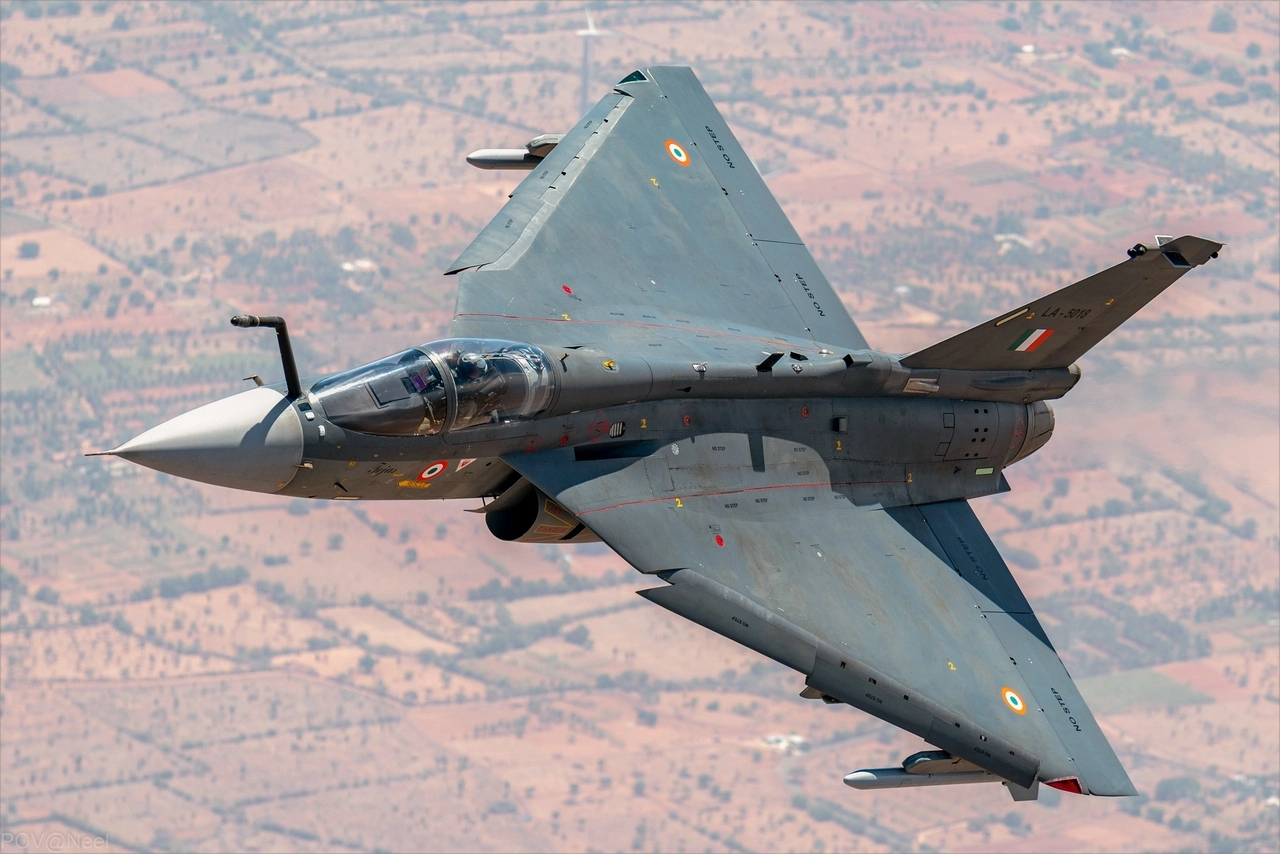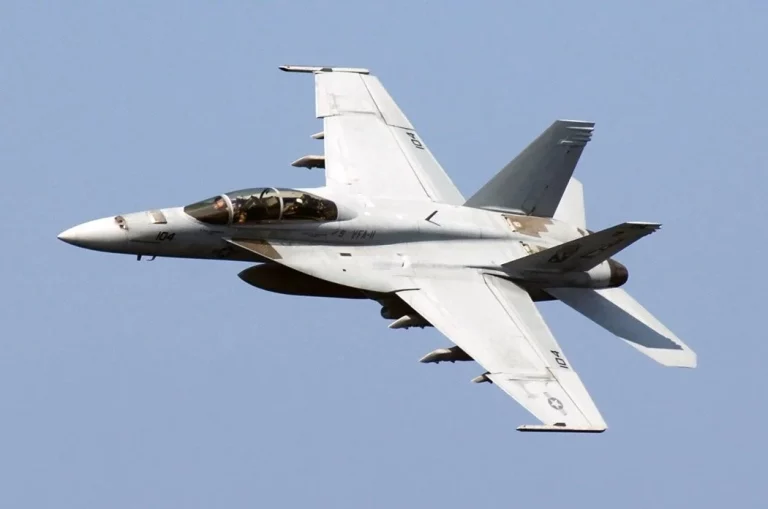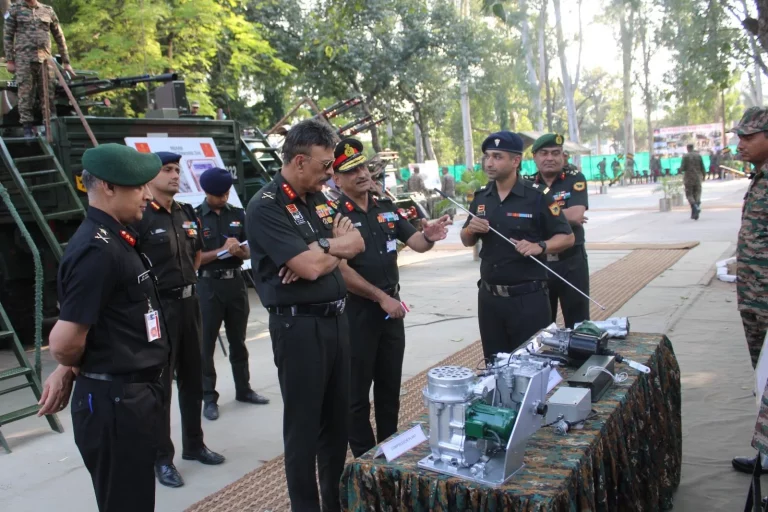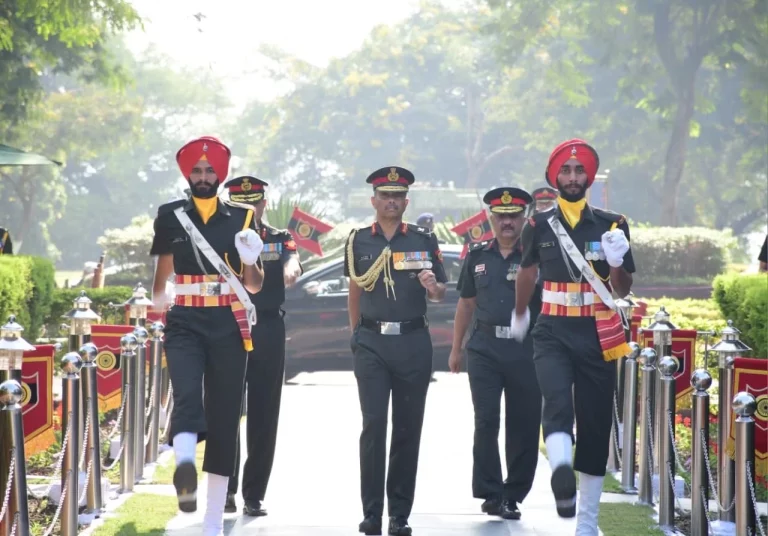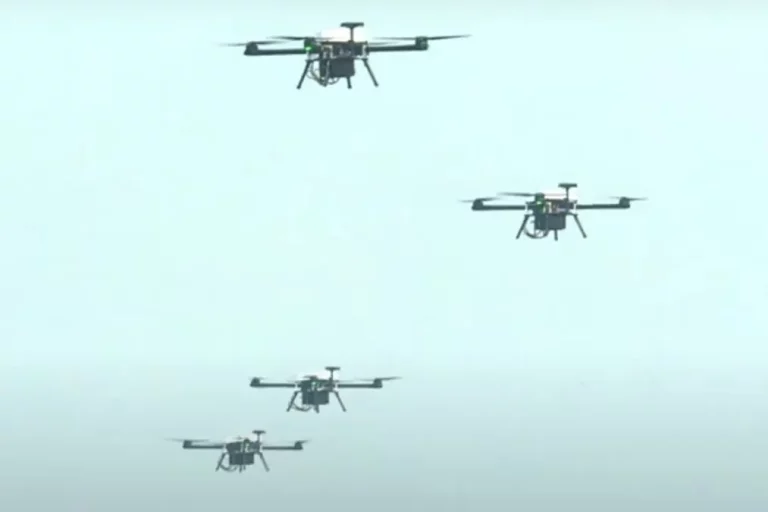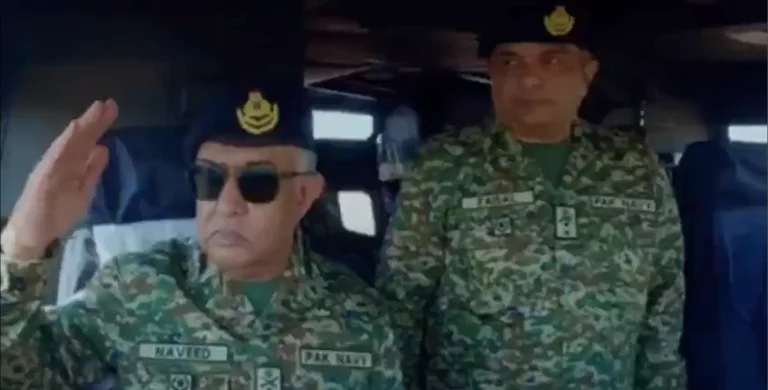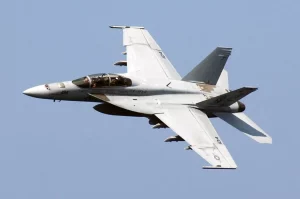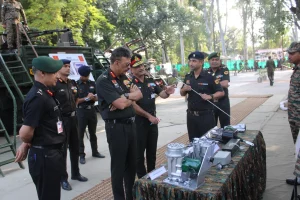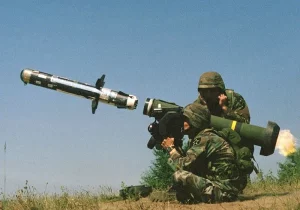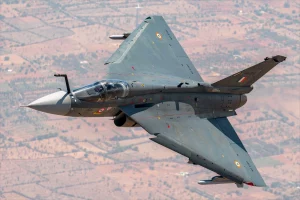In a significant advancement for military aviation, the Indian Air Force (IAF) and the Defence Research and Development Organisation (DRDO) successfully conducted a sophisticated Manned-Unmanned Teaming (MUM-T) maritime strike exercise along the Konkan coast. The exercise featured a piloted Tejas fighter jet coordinating with two unmanned aerial vehicles (UAVs), marking a milestone in networked air power.
The trial took place within a designated no-sail zone around Goa and Karwar, concluding with a synchronized recovery at Dabolim. This exercise aimed to validate multiple operational capabilities, including seamless command-and-control handoffs, real-time sensor fusion, and precise strike execution based on data provided by autonomous UAVs.
Central to the exercise was the Autonomous Control System (ACS), which facilitated mid-mission role swaps and autonomous maneuvers for the UAVs, enabling them to operate independently without direct supervision from ground controllers or the lead aircraft. This level of autonomy signifies a leap in operational capability, allowing for a more flexible and responsive approach to missions.
A notable achievement during this demonstration was the successful sensor-to-shooter handoff. The UAVs collected targeting data through their payloads, which was then relayed to the Tejas fighter. The aircraft executed precision strike waypoints in a simulated maritime scenario, showcasing the effectiveness of real-time data sharing and cooperative targeting.
The MUM-T exercise coincided with an increase in tri-service operations, particularly Exercise Konkan, conducted in collaboration with the UK Royal Navy, as well as Exercise Trishul. This alignment underscores India’s growing commitment to joint operational effectiveness and the development of indigenous networked capabilities in the Arabian Sea.
Officials from the IAF and DRDO emphasized that this MUM-T trial is a pivotal step towards operationalizing autonomous teaming strategies, which promise enhanced lethality, operational persistence, and survivability for future maritime missions. This development not only reflects the progress in India’s defense capabilities but also illustrates a broader shift towards integrating unmanned systems into traditional combat roles, preparing the armed forces for the complexities of modern warfare.
